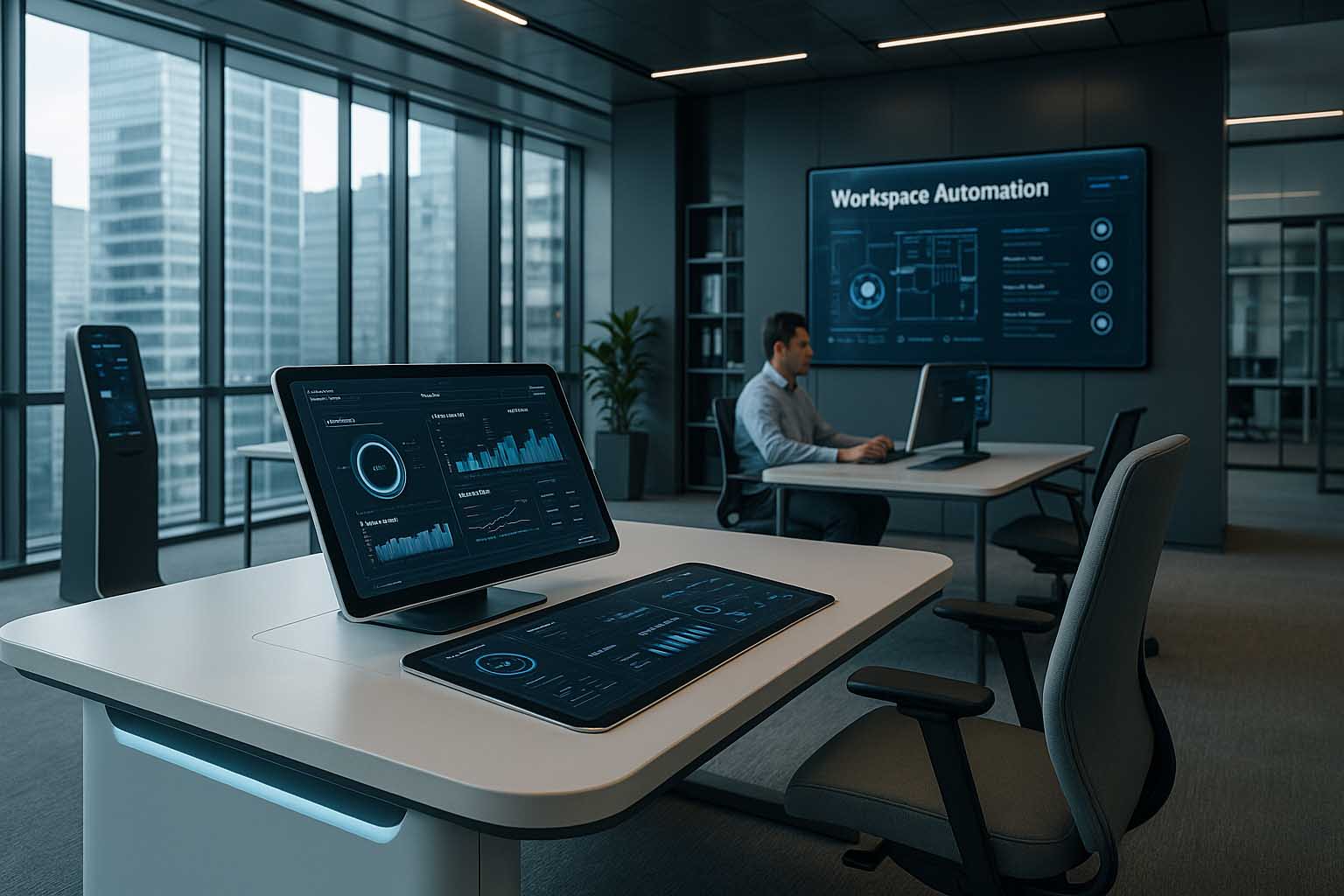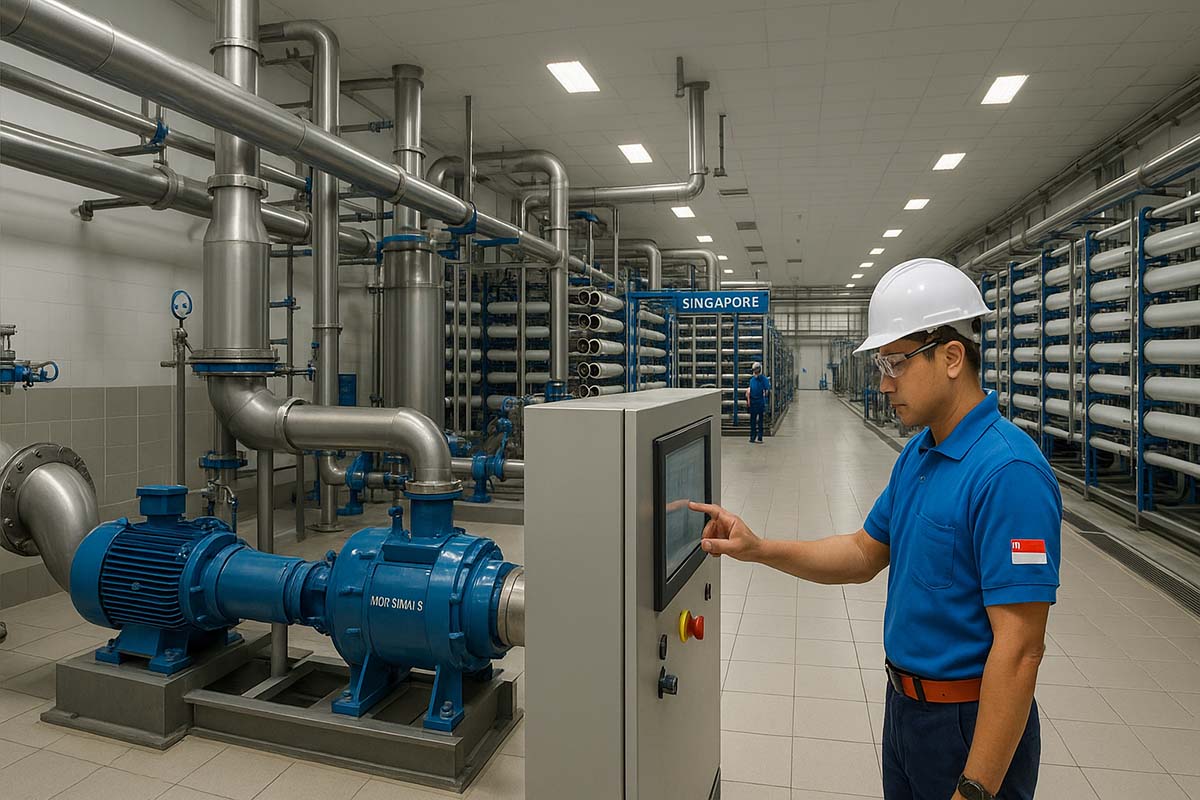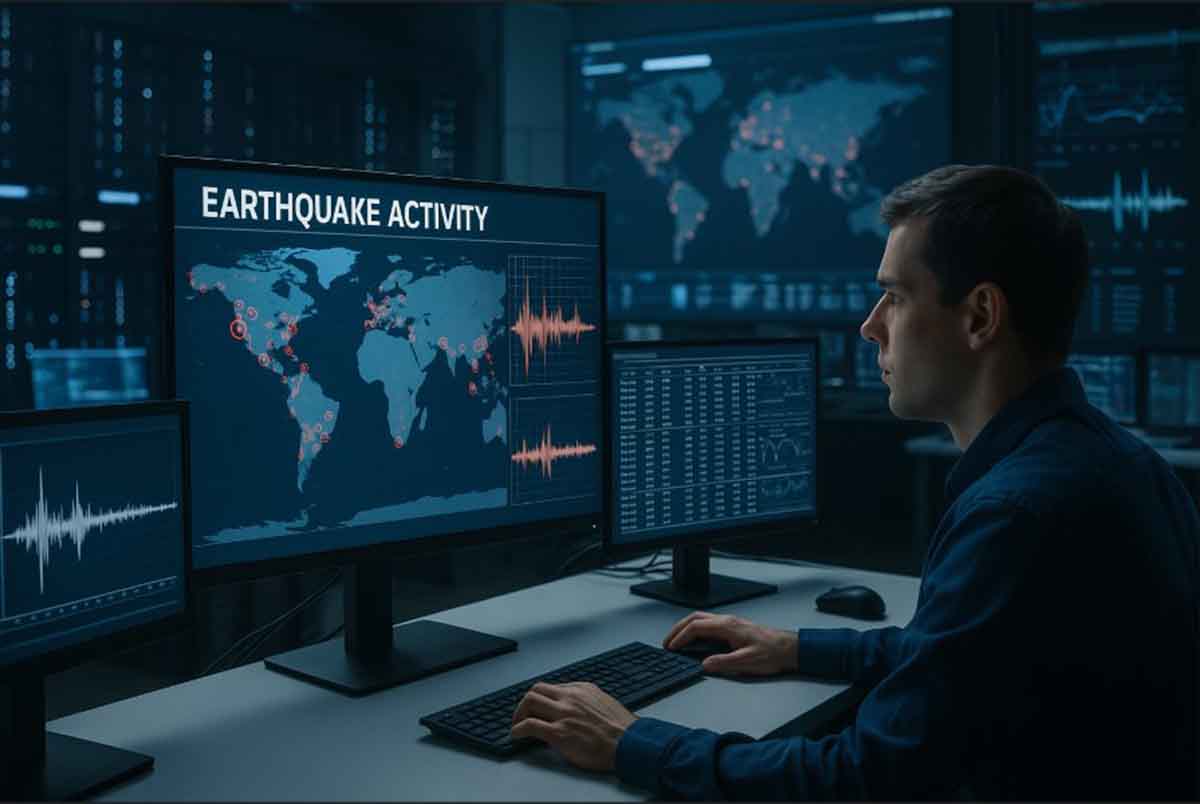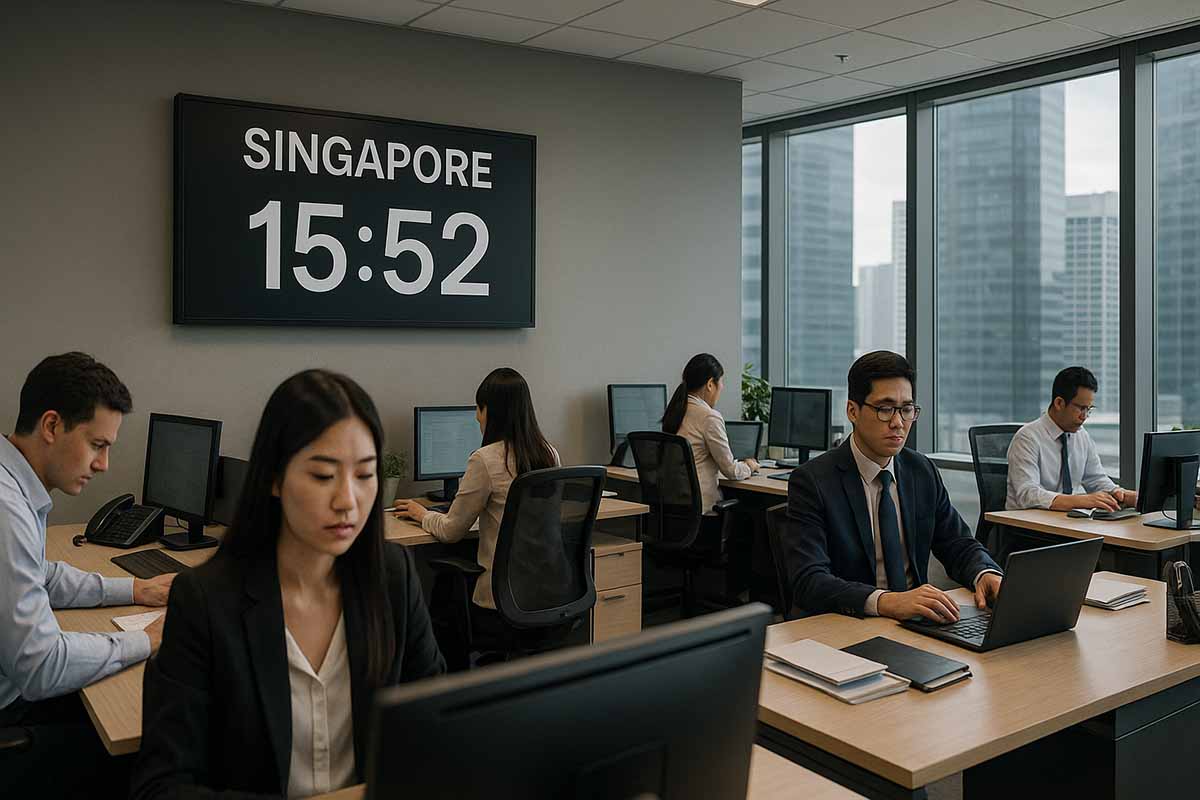The Shift in How We Work: From Desks to Devices
Work no longer centers around a fixed desk or office. These days, people can manage meetings from a train and finalize reports while sipping coffee at home. In Singapore, where fast internet and digital services are common, this shift is especially visible. Tools that support real-time editing, virtual meetings, and flexible hours have become part of daily routines.
From cloud-based platforms to smart scheduling apps, workplaces are transforming. These changes offer greater speed and convenience—but they also introduce new challenges. Knowing how to use these tools wisely can make a big difference in productivity and job satisfaction.
Digital Tools and Smoother Collaboration
Companies have turned to platforms that allow for real-time collaboration. Instead of exchanging multiple versions of the same document, teams can now work on one shared file. Everyone sees the same content, edits live, and avoids confusion. This helps reduce time spent on small tasks and allows quicker decision-making.
Still, digital organization matters. Employees must follow consistent naming systems, limit file access, and assign clear responsibilities. Without structure, information gets lost and time is wasted. That’s why team leaders often appoint document owners and create folders with standard labels. These small efforts improve clarity and save hours of searching later on.
Remote and Hybrid Work Is Here to Stay
The idea that people must be in the office five days a week is fading. Workers now want to spend part of their time at home while keeping a few days for in-person interactions. This setup blends flexibility with collaboration and has quickly become standard across industries.
The hybrid approach helps people manage personal responsibilities alongside their careers. Parents can attend school meetings without taking leave. Commuting hours are reduced. At the same time, it can lead to overwork. Without clear rules, people may feel pressure to respond at all hours, making it harder to disconnect.
To prevent this, some teams create shared calendars with clear meeting times and focus hours. Setting aside a day with no calls allows deeper work. Others rotate virtual check-ins to reduce screen fatigue. These practices protect attention spans and encourage healthy boundaries.
How AI Supports Everyday Office Work
Artificial intelligence is no longer a future concept. It’s now a daily assistant. In the past, sorting through spreadsheets or customer queries took hours. Today, AI can filter data, suggest trends, and even draft basic reports.
In practical terms, companies use AI for:
- Automated replies to frequent questions
- Smart scheduling tools that find the best meeting time
- Initial drafts of content or emails based on raw data
This doesn’t replace people. Final reviews, emotional intelligence, and decision-making still depend on human skills. AI speeds things up, but people remain in control. Combining automation with human judgment leads to better outcomes.
Keeping Workspaces Secure
With more people working online, security must be a top priority. Emails and shared links move fast. A single mistake—such as clicking on a suspicious file—can affect the whole company. Training employees in safe habits is critical.
One good practice is to use multi-factor authentication. This adds a layer of protection beyond just a password. Staff are also encouraged to use VPNs when accessing sensitive data from home.
Modern companies are adopting a cautious approach called zero-trust. This means every request—whether from inside or outside the network—must be verified. It helps reduce damage if one system is breached. These steps keep both data and people protected.
Learning That Keeps Up With Change
Technology doesn’t pause. New systems appear quickly. If workers stop learning, they fall behind. This is why many firms now offer small lessons that fit into the workday. These short learning sessions might take 15 minutes but deliver long-term value.
Micro-learning modules let employees build skills without stepping away from their main tasks. Whether it’s brushing up on spreadsheet shortcuts or understanding cloud systems, continuous learning ensures that everyone stays prepared.
Beyond internal training, some companies partner with education groups to offer certified courses. These range from data privacy to programming basics. Supporting learning shows that a company values growth and resilience—not just results.
Protecting Work-Life Balance
Flexible work helps reduce stress—but it can also erase the line between personal time and work hours. Many people check emails late at night or start work before sunrise. If this becomes routine, fatigue sets in. Over time, it affects performance and well-being.
Some teams set digital curfews. Emails sent after a certain hour are delayed until morning. Notifications are muted automatically. This gives employees true off-hours to recharge.
Leaders can also begin the week with short check-ins. These are not status meetings, but conversations. How is everyone feeling? Is the workload fair? These questions help detect early signs of burnout and offer space to adjust assignments before issues grow.
Why Office Space Still Matters
Even with great home setups, there’s still a place for physical offices. They allow face-to-face conversations, quiet work zones, and a sense of shared purpose. In cities like Singapore, coworking spaces are designed with tech in mind. Desks adjust to posture. Entry is granted through digital keys. Temperature changes depending on room traffic.
Some offices use facial recognition for sign-in. These systems also track how many people are inside. If rooms are too full, alerts go out. Energy use is managed better. Employees stay comfortable. These smart buildings don’t just look modern—they help everyone work better.
Smart Habits to Maximize Productivity
Here are steps workers can take to stay sharp and effective in this new setup:
- Use password tools and turn on extra security features across devices
- Block out time for focus and mute alerts during that window
- Set a goal to learn one new tool or technique each week
- Offer ideas to automate tasks and work with your manager on test runs
These actions don’t need big effort. Over time, they create habits that support long-term success.
Closing Perspective
The office of the past was defined by location. The workplace of today is defined by choice. People can work across devices, from different spaces, and at different times. What matters is not just speed—but meaning.
Digital platforms, automation, and smarter offices offer fresh opportunities. But they also demand thoughtful planning. Organizations that care for both performance and people gain lasting results. When security is strong, training is ongoing, and health is protected, work becomes more than a task—it becomes sustainable, fulfilling, and resilient.















Leave a Reply